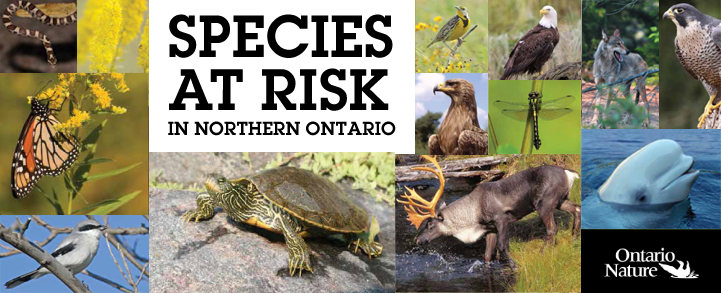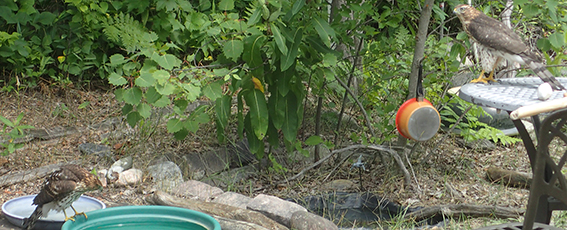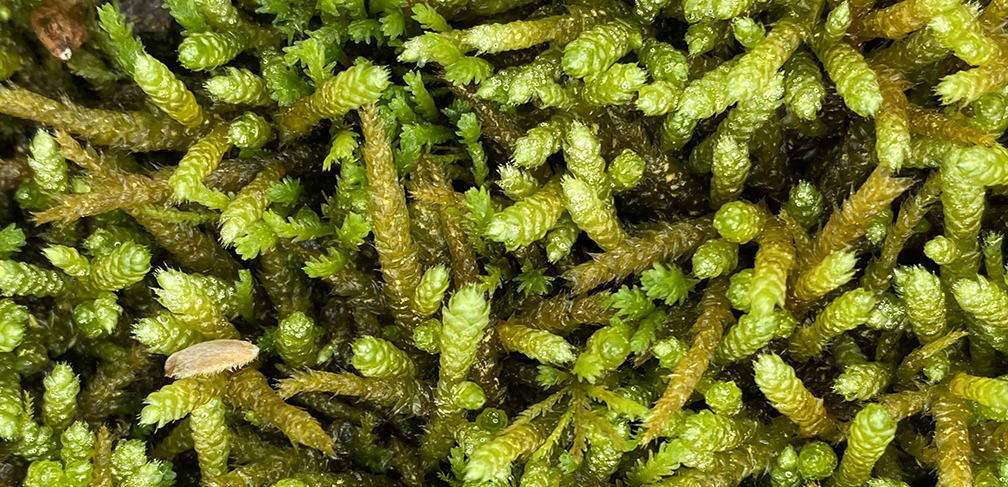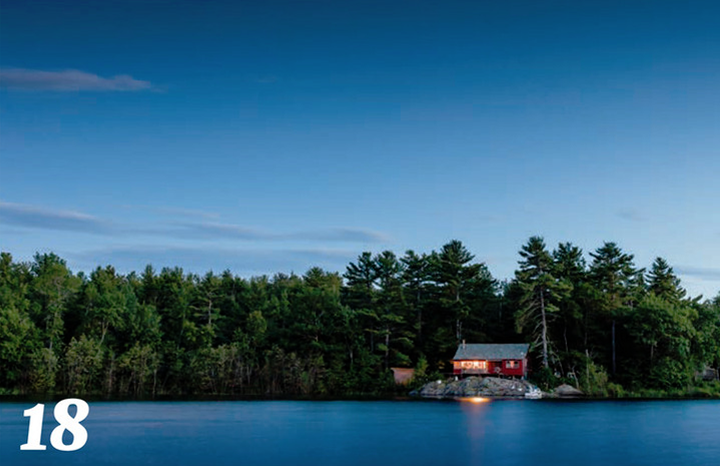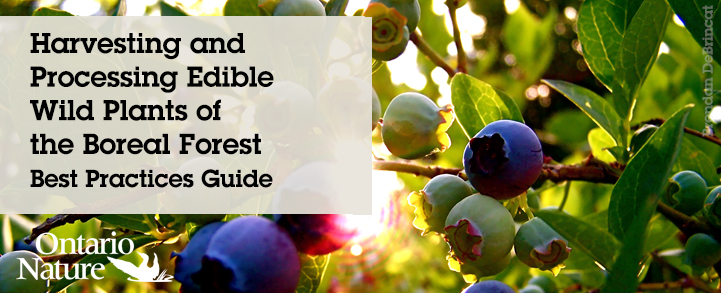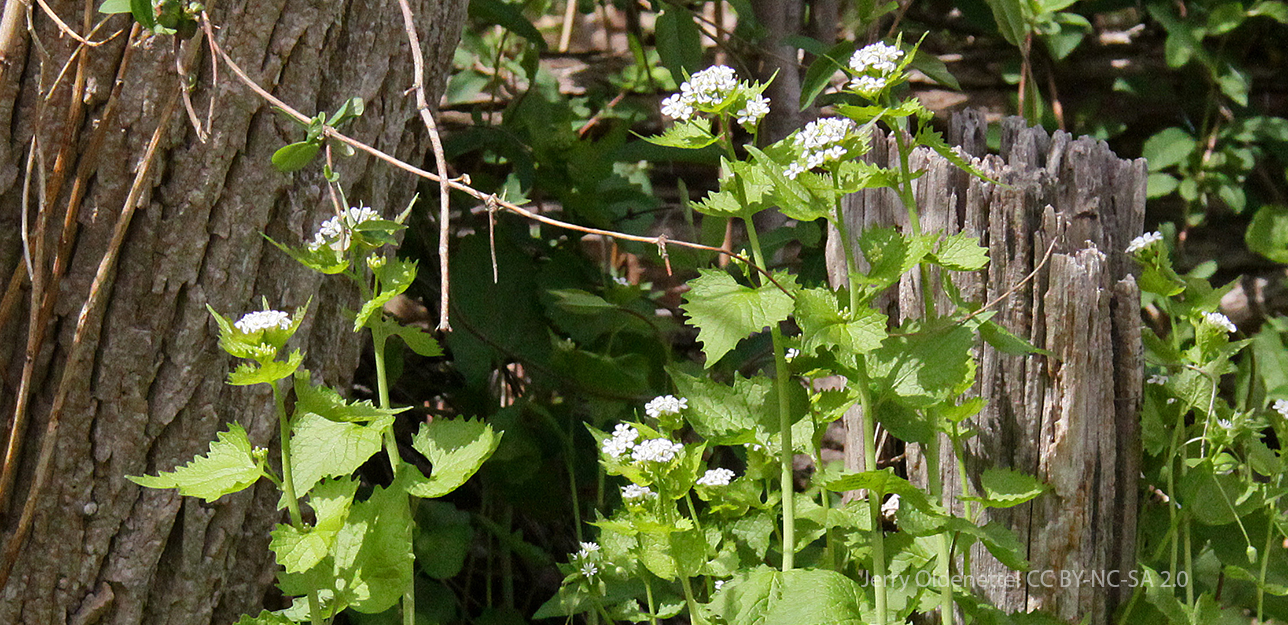Did you know many wild plants growing in northwestern Ontario are edible? While berries are the most popular wild edibles, tubers, leaves flowers and stems of many plants found in northern forests and freshwaters are edible.
You are browsing archives for
Tag: plants
Species at Risk Guide
Learn about more than 50 species at risk that are found in northern Ontario. We are now in the midst of the largest mass extinction since the disappearance of the dinosaurs more than 65 million years ago. Habitat loss and degradation, climate change, invasive species, pollution and over-exploitation of natural resources are some of the factors driving the decline. This handy guide covers mammals, birds, reptiles, fish, plants and insects.
Backyard Habitats Guide
While backyard habitats cannot take the place of large wilderness areas, they can foster the diversity of wildlife populations in urban areas. Regardless of where you live, you can turn even the smallest yard into a wildlife haven with a little time and careful planning. Wildlife considerations can be included in the design without sacrificing aesthetics.
Great Winter Edition
I have been a member of Ontario Nature since a small child in the 40s and continue to be amazed and nurtured by nature. I am an amateur botanist and love trying to identify mosses. But the use of just common names is confusing as “we are the folk” and there are many folk names […]
ON Nature Magazine Summer 2019
DEPARTMENTS 5 | This IssueHumanity’s legacy.By Caroline Schultz 6 | Earth Watch Windsor to permanently protect Ojibway Shores Cormorant hunt Monitoring invasive wild boars Francis Cook receives the Order of Canada Restoring Junction Creek Featured Photography Bill McDonald ALUS expansion Bird-friendly hay Logging Threatens Black Bay Peninsula species 36 |Our Member GroupsOutdoor learning in Norfolk.By […]
Edible Wild Plant Guide
This guide is intended for the boreal forest of northern Ontario where foraging presents an alternative to harvesting lumber and the forest’s ability to absorb the impact of harvesting is greater. Forests and freshwater food systems – comprised of plants, animals, birds, fish and fungi – are important sources of nutrition. They are also key indicators of healthy forest ecosystems and food webs.
Adaptive behaviour
Re: “Deadwood forest” [Autumn 2006] The print and broadcast coverage of this spring’s garlic mustard story was disheartening, to say the least. Dawn Bazely, a York University biologist and an expert on invasive plants, has been keeping a close eye on garlic mustard for more than a decade, watching as it marches inland from the […]


